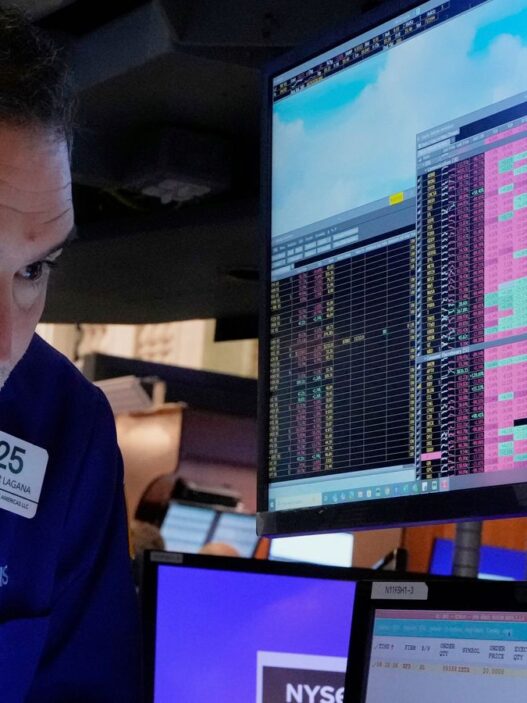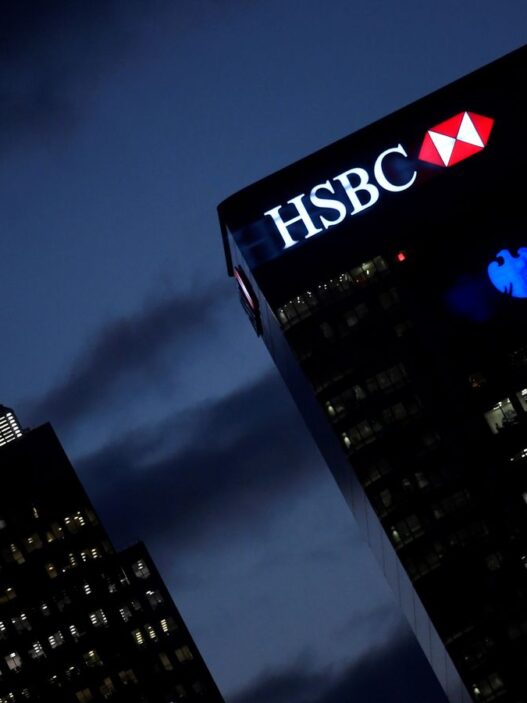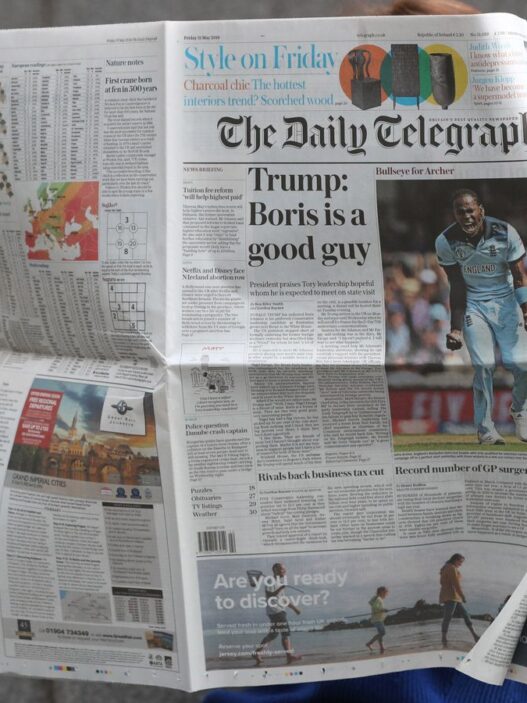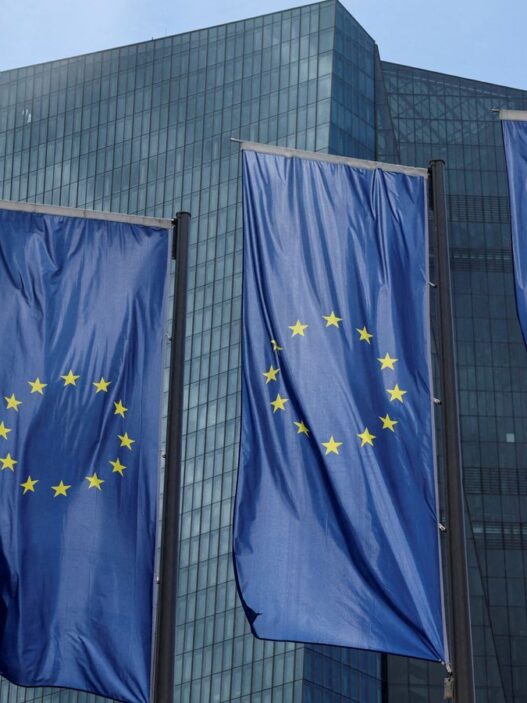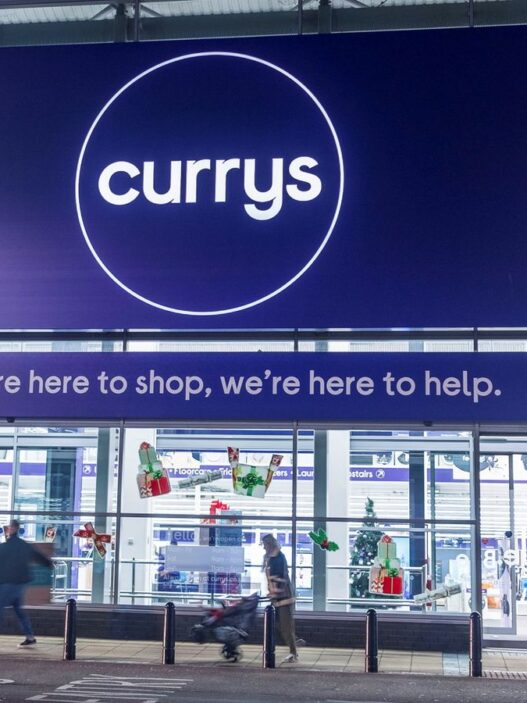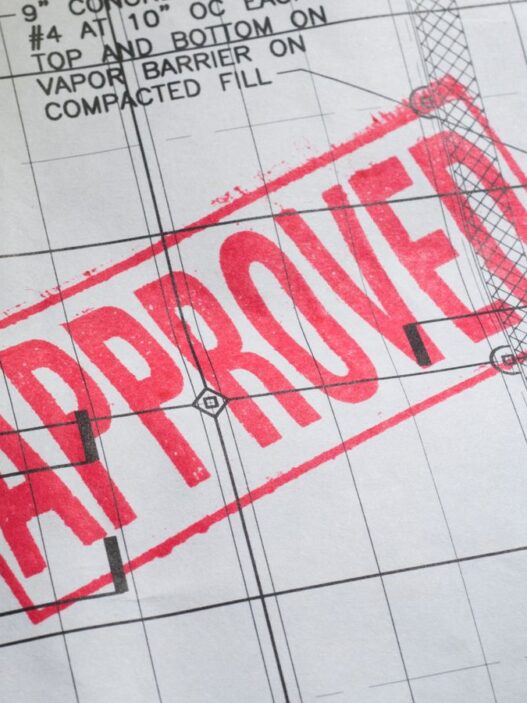Due to its geographical isolation, high cost of living, and long distances for inter-city commute, a holiday to the Kiwi land is prohibitively expensive for Indians. However, Mumbai-based Shashwat Luthra and Kriti Sinha have some cost-saving hacks from their vacation in New Zealand that helped the couple save costs on car rental, meals and activities.
As part of Mint’s travel series, Shashwat shared how the couple had an 11-day honeymoon in New Zealand for ₹7 lakh.
Long flights and visa
While planning for our honeymoon, we both realized this was one of the few times with our corporate jobs that we were getting such a long time off. We wanted to make the most of it, so we decided to travel to New Zealand.
Our flight was 18 hours long, with a layover of an hour and a half in Singapore. We booked Singapore Airlines so that the layover in Singapore would be without transit visa. The other option was Qantas, which had a stopover in Australia and required a transit visa. So, we picked Singapore to save on the transit visa fee.
Flights were our biggest expense, at ₹2.42 lakh. But we chose the fastest option, even though there were options at half our price with a 22-28-hour duration.
The visa process is completely online but time-consuming. We did not apply for a spouse visa together since we were not married by then. We applied from our base cities–Delhi and Mumbai–and observed that the visa from Delhi took a longer time of 24 days, while the Mumbai one came in 11 days.
A New Zealand visa also requires more documents than Schengen. Apart from the regular documents like payslips, income-tax returns, bank account statements, we also attached a no-objection certificate (NOC) from both sets of parents, apart from an employer NOC. There was a requirement to submit property proofs as well. I was in Gurugram, living in my parents’ house so I submitted its papers. Kriti lived in Mumbai in a rented flat, so she attached the rent agreement. The visa cost was about ₹13,500 per person, among the most expensive, I would say.
Itinerary
Since New Zealand is divided into the North and South Islands, we picked two cities from each island to explore–Auckland and Rotorua on the North Island and Queenstown and Christchurch on the South Island. We skipped Wellington, the capital, because it came across as any cosmopolitan city, some of which would anyway be experienced in Auckland and Christchurch.
We kept Auckland as the base city for inter-country flights as well as return flights from Delhi. Round-trip flights booked at once are always cheaper than booking individual flights from different base locations. This was another reason to book flights to and from Auckland.
Auckland and Christchurch are big cities. They offer the perfect cityscape, culture, cuisine, and architecture.
In contrast to the big cities, Rotorua and Queenstown are small hamlets of sheer natural beauty, spanning a varied terrain–from mountains to geothermal springs, river banks, and so on. Queenstown felt like a Disney movie set being brought to life–it had gardens, river streams, sheep, waterfalls, stone-brick houses with chimneys, and barely any vehicles on the road. We explored the city on a Segway tour that cost us ₹9,000.
Some of the other attractions we enjoyed the most include stargazing at Lake Tekapo, Waitomo Caves, Mount Aspiring aerial tour, Hobbiton, the village of hobbits that was one of the movie sets of Lord of the Rings and Waiheke Island, the land of wine that is a 35-minute ferry ride away from Auckland.
Entry fees to major tourist attractions can add up throughout the trip, as there is so much to see! We had bookmarked all the activities we were going to do and made a bulk booking on GetYourGuide and Klook for a 10% discount. We saved about ₹12,000 on bulk booking discounts. We paid nearly ₹1 lakh in sightseeing, of which the Mount Aspiring aerial tour alone cost us ₹39,000.
We did not carry any cash and used Niyo’s global credit card and DCB debit card, both with zero forex markup, for all payments. Both the cards were accepted everywhere, at both big or small outlets.
Meals, car rentals: Scope to save
Accommodation was the second biggest expense, at about ₹1.17 lakh. We used Diner’s Black credit card points for a two-night booking in Queenstown that saved us ₹21,000.
We stayed in a mix of hotels and homestays. The latter allowed us to cook our own meals, which saved us a lot of money. Eating out in New Zealand is quite expensive, with each meal costing around ₹2,500. The country doesn’t have an indigenous cuisine or a local delicacy, so you are essentially eating super expensive sandwiches and pizzas.
We had researched this and hence carried some ready-to-eat food packets with us. We cooked almost half of our meals, which included breakfasts and dinners, and yet spent about ₹31,000 on eating out.
A tip here: The immigration authorities at New Zealand airports are very strict about not allowing fresh fruits and vegetables, pickles, meat products, including canned ones. We had a duffle bag full of packaged food items that was allowed to be carried on only after thorough scanning. We were careful not to carry any prohibited food items.
As for hotels, we booked only those where airport pick-up and drop facility was given. Many hotels in New Zealand offer free airport pick-up and drop through a shared bus at no extra cost, which is a major cost saving since private cabs are expensive in New Zealand and public transport is not well integrated.
We had hired a car to self-drive for all other commutes. This is the most cost-efficient option in New Zealand as public transport connectivity is poor and other means of transport are extremely expensive.
After extensive research on Google and visiting each car rental agency’s website, we booked one from Apex. Anyone planning to drive through both islands should definitely check whether the car agency allows car towing on ferries between the two islands. Most big cities have multiple car pick-up and drop spots, so we planned it so that we didn’t have to drive back to the main cities just to drop off the car. We booked cars at least a month before travel as they get booked very quickly.
The drives through the country were breathtaking. Each nook and corner looks like a Windows wallpaper, with each frame picture-perfect. There are more sheep than humans in this country–not a statistical fact, just the sheer number of sheep we saw every five kilometres.
Every expense head is undeniably costly in New Zealand, but there is scope to save money on meals, commuting, and sightseeing by advance planning. If someone has more time to spare, they can further save by taking longer flights.





